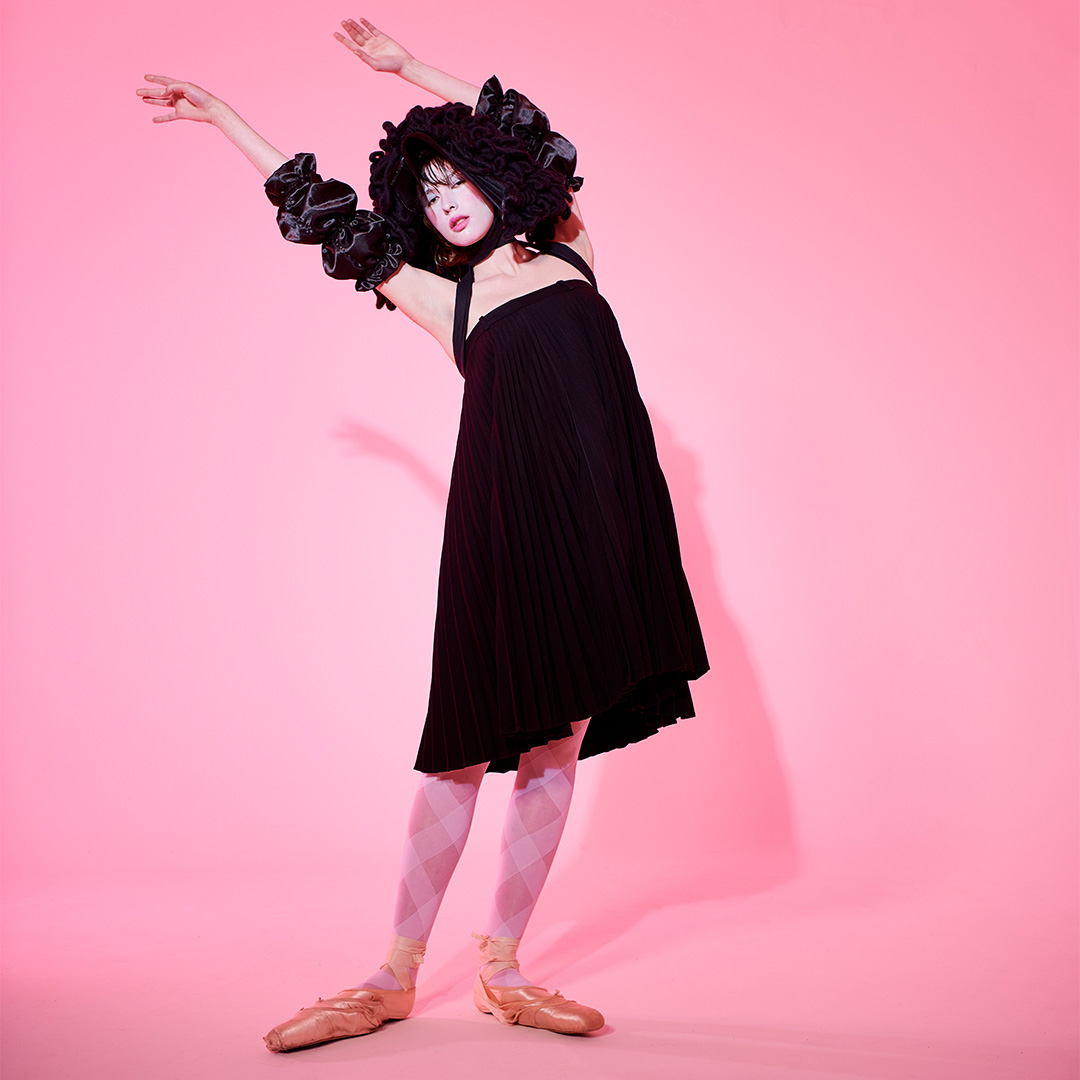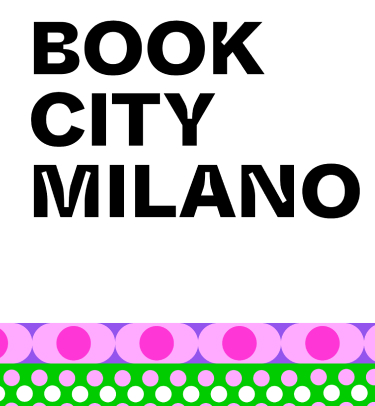.png)
The Stylist’s Craft explained through a Contest
The Stylist’s Craft explained through a Contest
Telling your story in three images, using a genderless trouser suit as a focal point, is an introspective exercise that can lead to a powerful fashion statement. Perhaps the most difficult task of all: to strip away conventions and create new ones.
This was the challenge faced by students in the Master’s in Fashion Styling, Creative Direction & Digital Content at Istituto Marangoni Milano, mentored by Sissy Vian, Creative Fashion Director of the Italian edition of Harper’s Bazaar.
Students were tasked with presenting a styling project on the theme Extreme Self, creating looks that reflected their own identity. Each student, much like a professional stylist, was responsible for every detail of their visual story, including setting and make-up, hair, lighting and photographic techniques.
It’s a veritable fashion journey through one’s personal avatar – an exploration of the ego, while also serving as a compelling style reference for the digital world.
A Professional Photoshoot with Sissy Vian for the Winners
In June, the three most outstanding projects—by Viviana Buvinic, Edoardo Barbera and Andrew El Chaouifati—were selected for a professional shoot with Sissy Vian and her team. Sissy, who is accustomed to working with the world’s leading fashion photographers, described the students’ work as “remarkable”, praising both the clear concepts and visual research behind the proposals. Her advice to the finalists—and to all aspiring stylists—was invaluable: learn to translate society’s cultural stimuli into a visual fashion language that embodies both clarity and vision.
Visualizza questo post su Instagram
What a Stylist Must Learn
The first lesson from this experience is that a stylist must always be alert, catching every signal from the world around them. They must be curious, agile, and attuned to a constantly evolving present. However, the essence of the profession lies in the ability to translate these signals into fashion images that convey a story through garments, lighting and accessories.
The Creative Process: Concept, Styling, and Setting
Let’s take a behind-the-scenes look at the journey undertaken by the Master’s students, guided by Sissy Vian in this Mentorship, and examine the experiences of the three winners. The development of their projects and the results they achieved serve as excellent examples of how a stylist’s work comes to life.
The Concept
This is the starting point where all sources of inspiration converge to create a unified vision. It's a mood board that showcases powerful key words and images that influenced the styling.
Andrew El Chaouifati explored artworks that resonated with his desire to break free from societal rules and embrace his true self. The concept of Body Dysmorphia led him from Francis Bacon to Christo, from Michaela Stark to Simone de Beauvoir, from Man Ray to Cindy Crawford.
Edoardo Barbera, with Caos Calmo, drew inspiration from fellow Sicilian Luigi Pirandello to build a character (himself) made up of multiple identities, where the invisible ones create a tension between reality and representation. Key references for him included Valentino’s Meta-Theatre of Intimacy under Alessandro Michele, Fellini’s 8½, Viktor & Rolf’s couture, and the photography and sculpture of Brassaï and Steven Meisel.
Viviana Buvinic’s narrative was driven by the influence of technology on our sense of self, featuring the image of a body disconnected from the digital world and undergoing a full identity reset. Her theme was underscored by dystopian imagery: obsolete technological objects, subliminal tea-times, and distorted proportions.
The Styling
Once the concept is defined, the next step is to examine the fashion outfits and accessories that best convey the message. Andrew El Chaouifati’s green polka-dot beret draws from the aesthetic of Thom Browne, Comme des Garçons and Leigh Bowery. Edoardo Barbera referenced Glen Luchford’s Prada campaigns, Richard Quinn, Paolo Roversi’s theatrical lighting, and the dreamlike vision of Marcello Junior Dino.
Then comes the makeup. The pale, drained complexion of Viviana Buvinic’s model captures the concept of a body “without batteries”. Barbera drew inspiration from Linda Cantello’s experimental make-up, characterised by intense colour across the cheeks, lips and eyes. Meanwhile, El Chaouifati’s porcelain face, marked with a bold red lipstick imprint, evoked Val Garland’s provocative looks for McQueen and Westwood.
The Setting
Everything is now in place. The photographer steps in, guided by the stylist, who explains the emotional impact they want to achieve. This is where cultural references come to life; echoes of films, photographs, magazines, paintings, album covers, and underground art combine to give the image its narrative power and deliver the intended message. Every detail matters: the tiniest accessory, a flash of nail polish, the angle of the light on the model’s face, the model’s expression, pose, props and colours, all play a crucial role.
Styling Then and Now: Career Paths in Fashion Imagery
A stylist sets the mood for a fashion shoot featured in top magazines. However, they can also curate the displays of a high-end boutique, shape the visual identity of advertising campaigns, select looks for a film production, or define the image of brands or public figures.
In a digital world, a stylist’s trained eye and understanding of digital tools are essential for shaping online content and reinforcing the visual message of various platforms.
In all these contexts, the same foundational principles apply: a deep knowledge of fashion, an awareness of social movements, and the ability to build a cultural background that amplifies the message.



